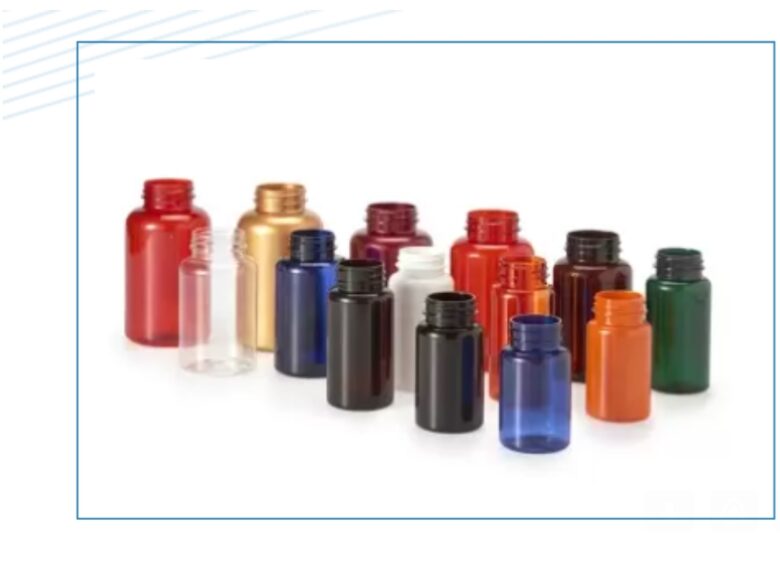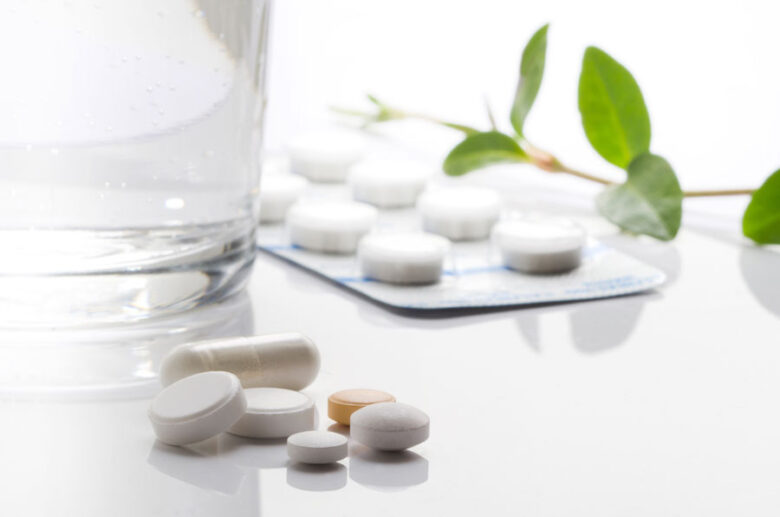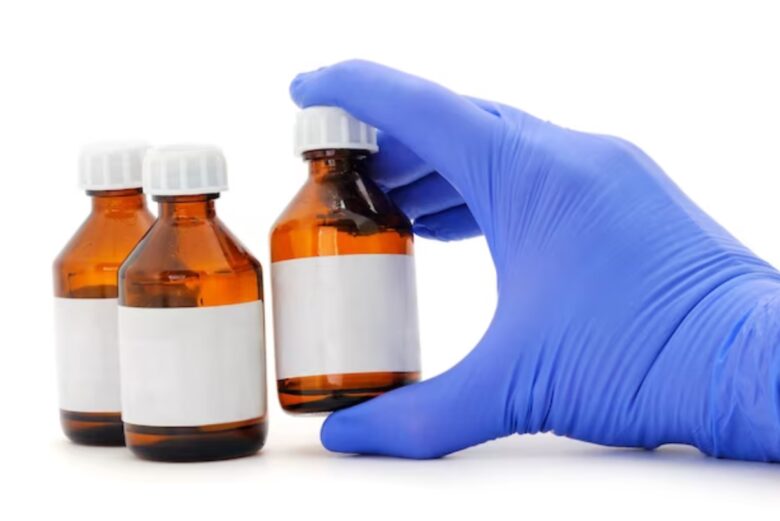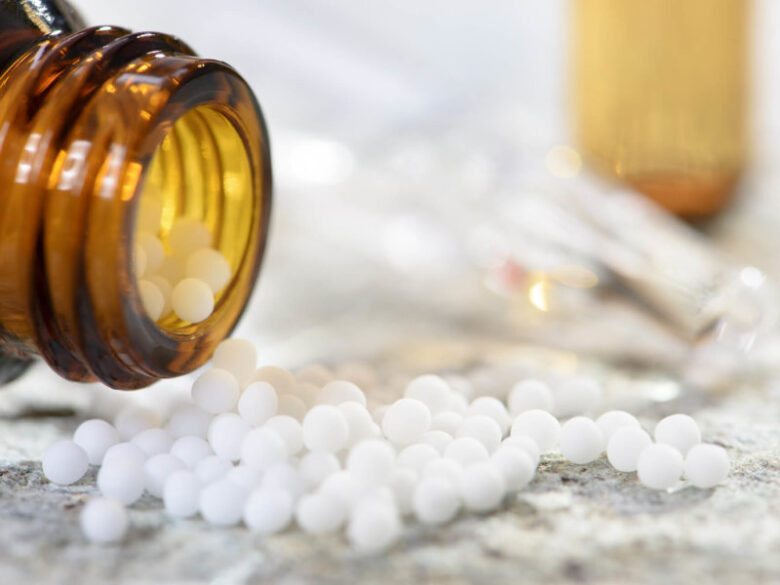To ensure the efficacy and quality of medicines, a pharmaceutical manufacturer must comprehend certain properties and characteristics of packaging materials and containers when selecting packaging materials. When purchasing an ideal pharmaceutical packaging material, you want to ensure that it is safe and high-quality.
In this article, we look at some of the most important factors to consider when buying pharmaceutical packaging materials. But before that, let’s discuss the most common pharmaceutical materials.
Contents
Most common pharmaceutical materials
-
 Glass
Glass
Glass has the benefits of being water-resistant, simple to seal, transparent, and relatively chemically stable. It is recommended that ampoules and large infusion vessels must be made of hard neutral glass to ensure the quality of medicines. In contrast, light-sensitive medicines should be stored in containers made of brown glass.
-
Plastic
Plastic has the benefits of strong packaging, simple sealing, vivid color, lightweight, and low cost. It is one of the most commonly used material. Gilpack has the best plastic bottles for the pharma industry.
-
Paper packaging
After being painted with moisture-proof coatings, paper products have certain moisture-proof properties and a wide range of sourcing options. Paper packaging can be recycled, and the packaging volume can be manufactured according to demand. Consequently, it is currently one of the most commonly used packaging materials.

Source: unipex.com
-
Metal
Black iron, galvanized iron, tinplate, aluminum foil, and other metals are frequently used for packaging. They have excellent pressure resistance, sealing, and performance but are relatively expensive.
-
Wood
Wood has pressure resistance and is a common material for outer packaging. Due to the depletion of forest resources, they are progressively replaced by paper and plastic.
-
Composite material
This is a relative newcomer among packaging materials. It is a packaging material composed of plastic, paper, aluminum foil, and other composites with multiple layers. Commonly used composite materials include paper-plastic, aluminum foil-polyethylene, and aluminum foil-polyester ethylene, among others. These composite materials have excellent mechanical strength, resistance to biological corrosion, vacuum retention, and compression resistance.

Source: freepik.com
-
Rubber
Rubber products are commonly used as numerous bottle stoppers for bottled medicines.
Now that we have explored the common pharmaceutical packaging materials, here are the important factors you must consider when choosing pharmaceutical packaging material.
Factors to consider when choosing pharmaceutical packaging material
-
The nature of the products you have
The packaging you choose will be heavily influenced by the nature of the product you are packaging. There are a variety of packaging materials; however, some materials are better suited for particular products than others.
For packaging acidic and neutral substances, for instance, glass containers are suitable. Moreover, metal containers are optimal for packaging products such as tablets, capsules, powders, and liquids. Plastic containers have a wider variety of uses. They can be used to package a variety of dosage forms due to the advantages they offer over glass and metal containers. In essence, the product’s characteristics should dictate the packaging method.

Source: keyboxco.com
-
Durability and high-quality
During storage and transport, your pharmaceutical product’s packaging will be exposed to various environmental conditions. There is the possibility of wetness, low temperatures, rough handling, etc.
Your pharmaceutical packaging’s primary function is to secure the contents from these conditions. It should be resistant to the elements (to some degree) and durable enough to provide the necessary protection for a sensitive and valuable pharmaceutical.
If your packaging material has a limited lifespan and fails at the first obstacle, there is much to consider. In addition to having to deal with dissatisfied customers and return costs, the possibility of a drug losing its efficacy poses a threat to consumers.
-
Compatibility and safety
Your packaging must be appropriate for the product and transport-safe. You must ensure that the packaging material does not harm the product. When packaging materials are incompatible with the formulation they contain, reactions such as absorption, adsorption, and leaching are most likely to occur.
Extensively verify that the product will not compromise the protective properties of the packaging material. When packaging can no longer safeguard a product, the product becomes unsafe.

Source: stoelzle.com
-
Compliant with regulations
Compliance with regulations is one of the most important criteria for pharmaceutical packaging, alongside protection and safety.
There are regulations that govern how all packaging and labeling information for pharmaceuticals sold in the country and guides the required information. Pharmaceuticals can be high-risk products with diverse repercussions if regulations are not followed.
Ensure that your pharmaceutical packaging material complies with regulations to avoid any problems. Working with an expert in packaging will give you peace of mind if you are unsure of the regulations that apply to you.
-
Cost
The price of medications on the market is frequently affected by the cost of packaging. Consider the financial repercussions and effectiveness of the packaging material you want in order to keep the cost of your pharmaceuticals low. Regardless, will it increase or decrease the cost of the drug? A poor business decision would be to choose an expensive packaging material that customers cannot afford. This does not imply that you should skimp on the quality of your packaging in order to save money; rather, you should seek out better, more ethical ways to cut costs.

Source: swiftpak.co.uk
-
Take your brand into consideration
Packaging is a form of brand identity. Your packaging plays an important role in branding because it conveys a great deal about your company’s values. Consider packaging that will reflect and promote the brand of your product. Excellent branding distinguishes a brand. The greater consumers’ ability to recognize and relate to your product, the greater its likelihood of becoming their preferred option. So, when contemplating the appropriate packaging for your product, you should also consider how it will complement your brand and persuade consumers to purchase it.
Wrapping it up
The significance of selecting suitable packaging materials for pharmaceuticals cannot be emphasized. There are numerous alternatives for packaging. However, choosing the most suitable packaging for the product is recommended. You must ensure that the packaging material you opt for is suitable for its intended use, user-friendly, and a symbol of the uniqueness of your pharmaceutical brand.
